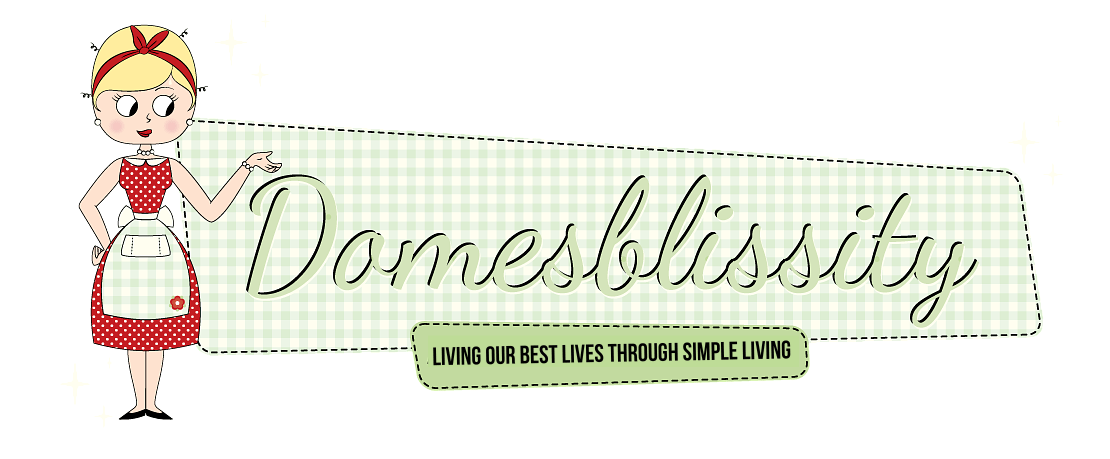I could’ve saved myself some time in writing this post by telling you that I freeze everything but if I told you that, you might be sticking lettuce leaves or whole apples in the freezer hoping that you could use them again in their current form. That’s not quite possible but here are a list of foods you can freeze to avoid waste and the best way to freeze them.
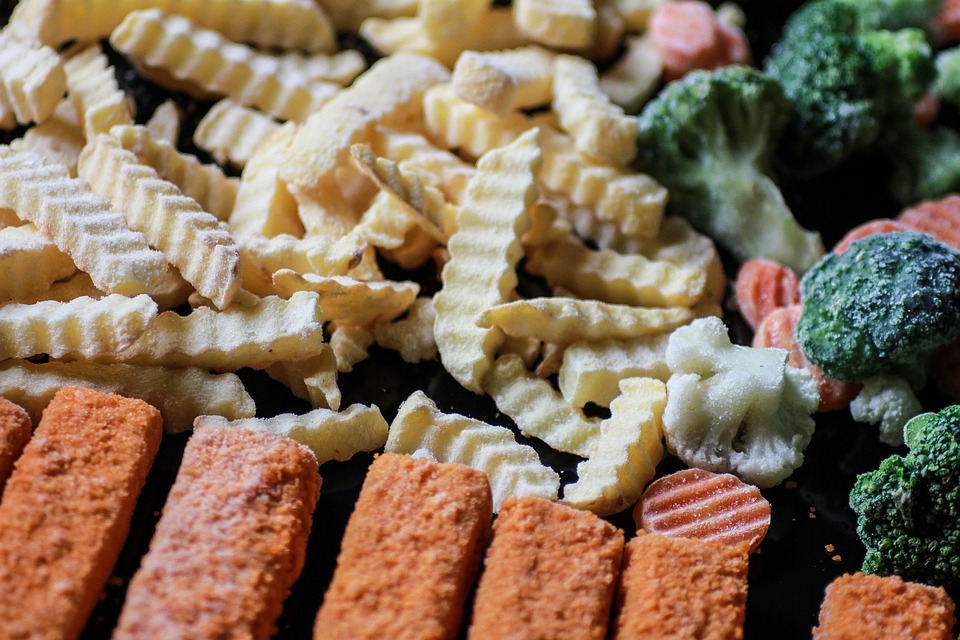
Meat
Any meat can be frozen from fresh or cooked. I’m a bit undecided about refreezing meat that’s been defrosted without being at least cooked first but there is more on this topic here.
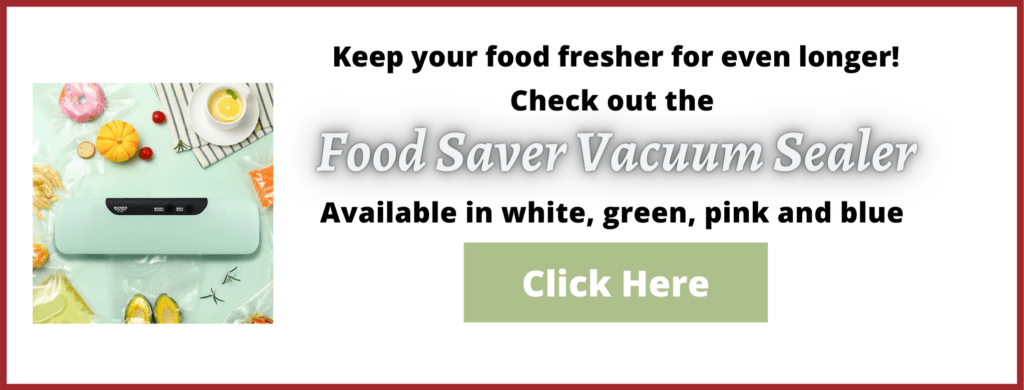
Cooked meat, either in a dish like a casserole or stew, or cooked on its own like sausages, meatballs etc can all be frozen. This is a great way to have another meal ready to go.

If you’ve cooked too many meatballs, which I always try to do, just pop them in a freezer bag or dish and add them to a simple tomato sauce still frozen. They will reheat in the sauce in no time.
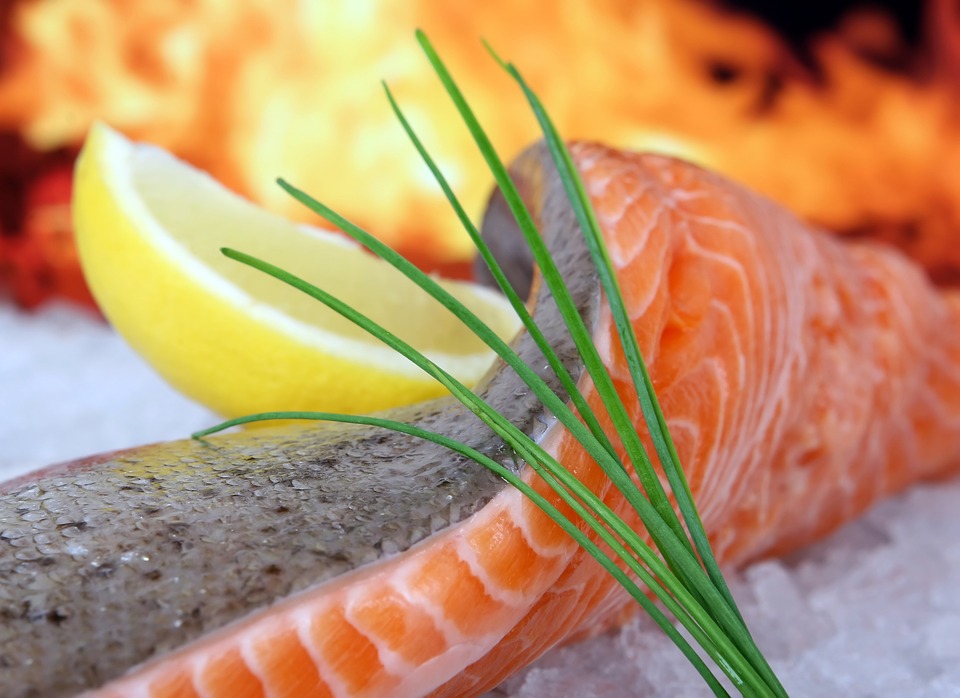
The same is with fish and other fish products. Cooked fish in fish cakes, for example, can be popped on an oven tray frozen (just like store bought crumbed fish) and cooked for an easy meal. The same with a fish or prawn curry or similar dishes.
Eggs
Eggs can’t be put in the freezer while still in the shell. You can separate the eggs beforehand and freeze either the yolks or the whites until required. For example, if you’ve made pavlova and used the egg whites, freeze the yolks for later for a lemon curd.
I haven’t tried it but I wouldn’t hesitate making up an egg salad mixture of boiled eggs mashed with a little mayo and frozen until required. The same with a fried egg. Fried eggs can be popped into a Breakfast Burrito with bacon, sauce and cheese in a tortilla for a quick ‘breakfast on the go’ option. Just microwave or grill before heading out the door.
Vegetables
The thing to remember when freezing vegetables is that not all of them will return to the state they were before they were frozen. For example, vegetables with a high water content like lettuce, cucumber etc won’t defrost very well at all so I wouldn’t bother freezing them to start with. Try to always use those vegetables up first or pickle or roast them (eg pickled cucumbers or oven roasted capsicum) and store in the fridge until required.
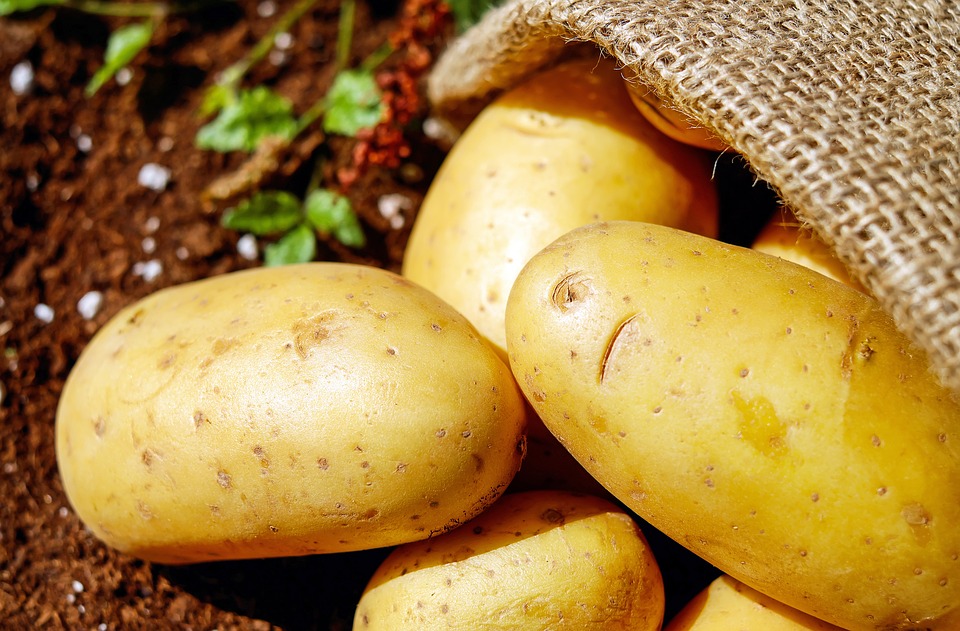
Potatoes and other starchy vegetables can be par cooked for easy reheating like baked potatoes, potato chips/wedges etc. They can also be frozen mashed ready to top a pie or be turned into fish patties or just to thicken a stew or a curry.
To retain the freshness in green vegetables like beans, broccoli or brussel sprouts, for example, par boil in salted water for about 3 minutes and plunge into icy cold water and drain well. Freeze instantly for your own DIY frozen vegetables. They will stay a lot fresher in the freezer ready to be used when needed rather than letting spoil in the fridge because you forgot they were there.
Fruit
Fruit, just like vegetables, won’t defrost like it went into the freezer. You have to be mindful of what you might be using the fruit for and freeze it in that state.
For example, fruit like apples, pears, peaches, apricots are better stewed before freezing and they can be defrosted into a pie or crumble (crisp) filling or used in muffins or cakes for baking.
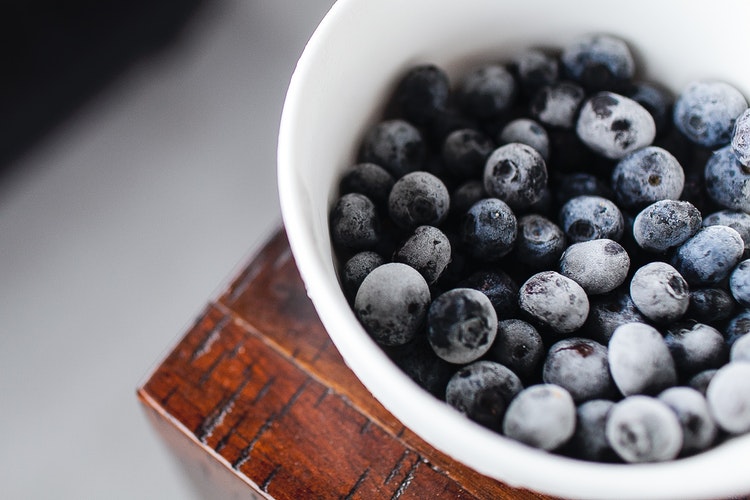
Berries are excellent at freezing as is and can be used in all sorts of baked products, smoothies, ice creams or icy poles.
Bananas can be frozen whole in the peel and used in banana cakes or muffins. If you peel the banana first then chop into small pieces it can be popped straight into a smoothie or blitzed in a blender as is, with nothing else, for the best and easiest tasting ice cream. (Blend other frozen berries with it for a different flavour combination.)
High water content fruits like watermelon for example is great if blitzed before freezing into a puree. You can add this to a daiquiri or other cocktail or make a simple sugar syrup and mix through the watermelon pulp for a watermelon granita.
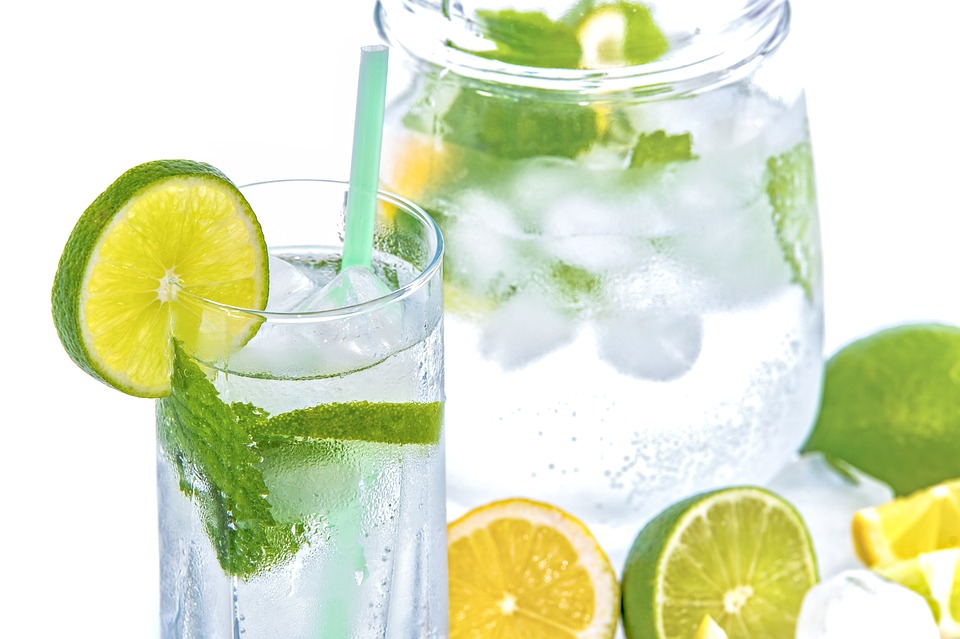
All the citrus varieties of fruit can be frozen whole, juiced beforehand and the juice frozen in a container or ice cube tray. They can also be sliced and frozen on a tray then added to a cold glass of water for a refreshing cold drink. The peel can be frozen on it’s own and used in baked goods as well.
Dairy Products
Most dairy products can be frozen too. I keep my cheese in the freezer and use from frozen. If I need cheese to sprinkle on tacos, for example, I’ll put it on a plate just before serving and it will be defrosted in no time. All sorts of cheeses freeze very well. This is a great way to save bits of cheese that have been leftover from a cheese platter for example. A variety of cheeses to top a pizza or flavour a Macaroni Cheese, for example, will add a delicious flavour.
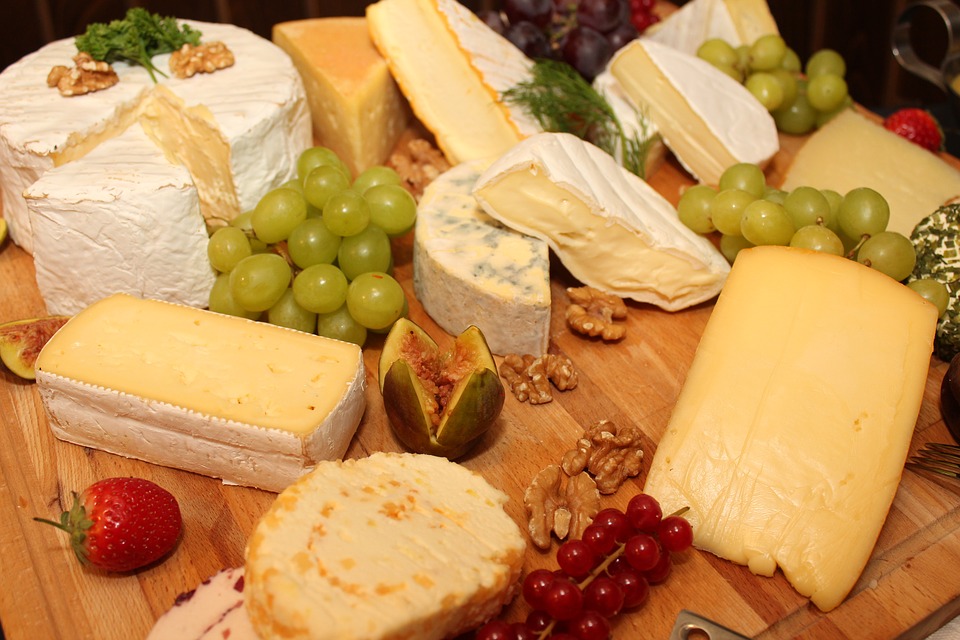
If milk, yoghurt or cream is nearing it’s expiry date, you can freeze that too. Think about making it into an ‘end product’ before freezing for example, a smoothie made from the milk or yoghurt and turn it into an icy pole or ice cream for the kids. Yoghurt and cream can also be frozen in ice cube trays so that if you only need a tablespoon for a recipe, you can take out all that you need. If freezing milk, remember once defrosted, it will only have a short shelf life. Think about freezing it into smaller containers if you think it won’t be used up in time.
Bread
I freeze all my bread from fresh, ie sliced bread, whole loaves, bread rolls, all different kinds of breads, pizza dough etc and only take out what I need as I need it. There are some people who say they can taste the difference in bread if it’s been frozen but I swear, I’ve been doing this for most of my life and the bread tastes as fresh as the day I bought it. It avoids it going mouldy and ultimately being wasted.
Cakes, Biscuits, Muffins & Other Baked Goods
If I bake or buy baked goods, they are automatically popped into the freezer until they are required. This retains their freshness and only taken out as required. A muffin, for example, is popped straight into the lunch boxes frozen and it will be fresh and ready to eat by lunch time. You can also zap in the microwave for about 10 to 20 seconds to defrost it.
Cookie dough, made in bulk, can be frozen into a log shape and only taken out when you need to make more cookies. They can then be returned to the freezer once cooked if you know they aren’t going to be all eaten straight away. Not something that happens in my house often!
Any uneaten cake can be frozen and made into bliss balls, truffles, top a crumble or biscuit crumbs can be frozen and used later for the base of a cheesecake.
Opened Tinned Goods
If you open a tin of spaghetti, soup, fruit or anything else, it is usually good to freeze the remainder in a plastic ziplock bag or container until required. I’ve frozen small amounts of baked beans for individual breakfasts for myself. Tinned pineapple has been frozen for use in a cake or ‘tropical flavoured’ muffin or even a sweet and sour sauce.
Summary
My general rule is to freeze everything. You’ll know whether you can freeze it again in the future once it’s defrosted. If it’s not usable once it’s defrosted, you know not to freeze it again. I’ve got a freezer full of bits and pieces that always come in a handy to flavour a meal or change up the flavour of a cake or muffins. It avoids wasting food and helps you create a variety of meals to add to your family favourite’s meal plan.

